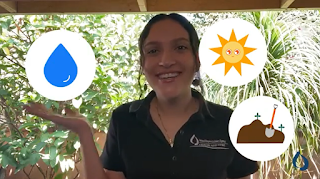Q: Dear Owlie,
Do you have any fun facts to share about the animals I might
see at the park? I’m planning to visit with my family soon and want to be able
to share some of this information with them!
Sincerely,
Animal Lover
A: Dear Animal Lover,
I can’t wait to see you and your family at the park! The
Chino Creek Wetlands is home to a wide variety of animal species, but one of my
favorites is definitely the American Coot.
The American Coot is easily distinguished from other ducks
and birds due to its dark black feathers and white beak. While you’ll likely
spot the American Coot swimming in one of our ponds, the American Coot is not a
duck, it is actually a bird! We know this because unlike ducks, the American
Coot does not have webbed feet. Instead, they have long toes which help them
effortlessly paddle through the water.
During the warmer months, you can find the American Coot
snacking on the duckweed floating on top of the ponds, but in the colder months
when the duckweed tends to sink to the bottom, American Coots may be seen
feasting on other plants or insects.
Let me know if you or your family happen to spot an American
Coot on your visit to the park and be sure to follow safety guidelines while
you’re there!
Talk to you all soo(HOO)n!
Owlie
















